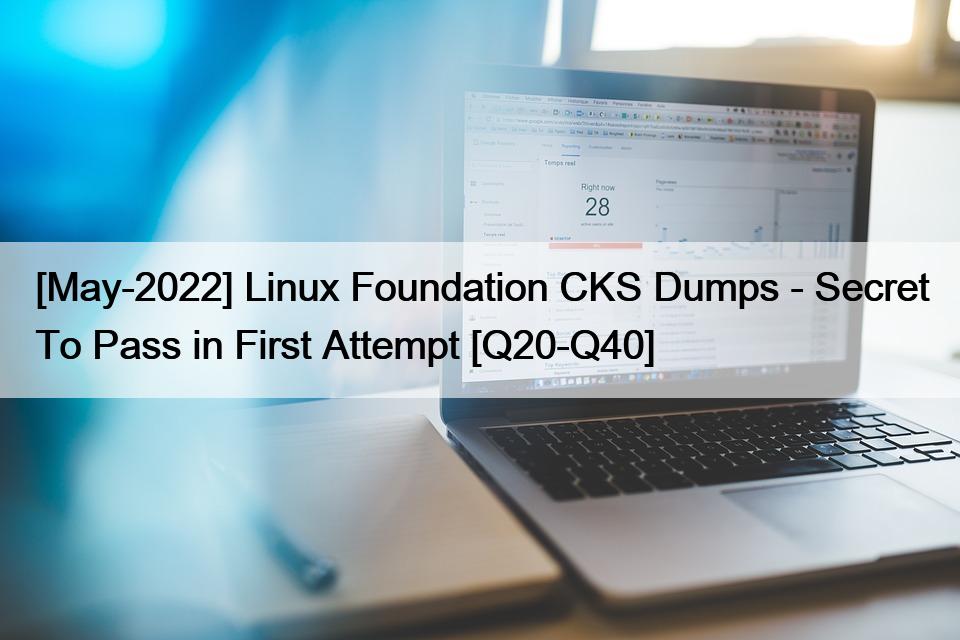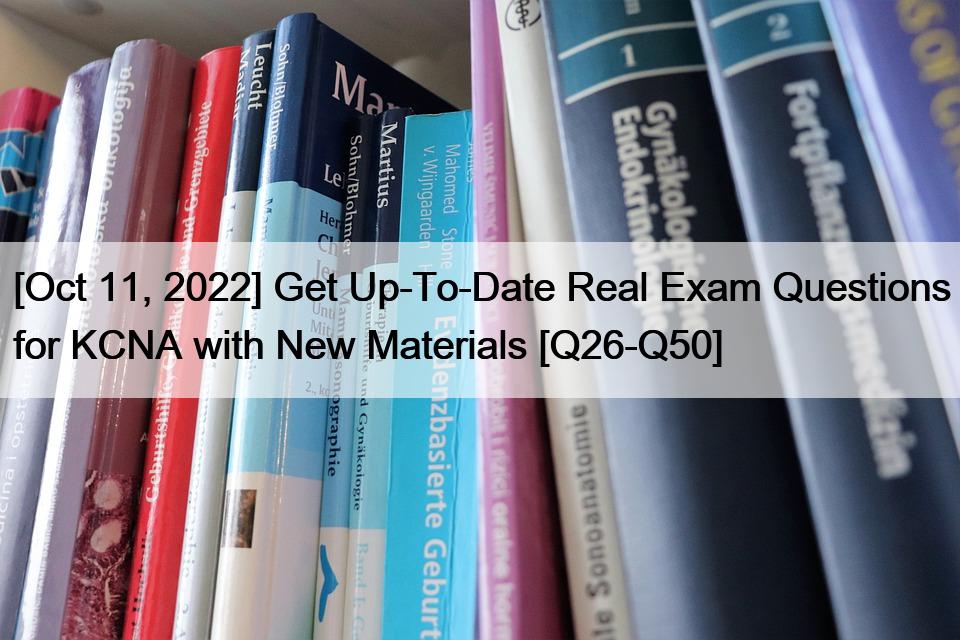Get Real CKS Exam Dumps [Nov-2023] Practice Tests [Q21-Q35]
Get Real CKS Exam Dumps [Nov-2023] Practice Tests
Last CKS practice test reviews: Practice Test Linux Foundation dumps
Linux Foundation CKS (Certified Kubernetes Security Specialist) Certification Exam is a highly sought-after certification for IT professionals who want to demonstrate their expertise and proficiency in securing Kubernetes clusters. Kubernetes is an open-source platform that is widely used for container orchestration and management. However, as with any technology, there are security risks associated with its use. The CKS exam is designed to test an individual’s ability to secure Kubernetes clusters and workloads.
Linux Foundation Certified Kubernetes Security Specialist (CKS) exam is designed to certify the knowledge, skills, and expertise of security professionals in securing containerized applications and Kubernetes platforms. Kubernetes is an open-source platform for managing containerized workloads and services, which has become the de facto standard for container orchestration. As organizations increasingly adopt Kubernetes for their containerized workloads, the demand for security professionals with Kubernetes expertise has increased as well.
Get Ready to Pass the CKS exam with Linux Foundation Latest Practice Exam : https://www.passtestking.com/Linux-Foundation/CKS-practice-exam-dumps.html


